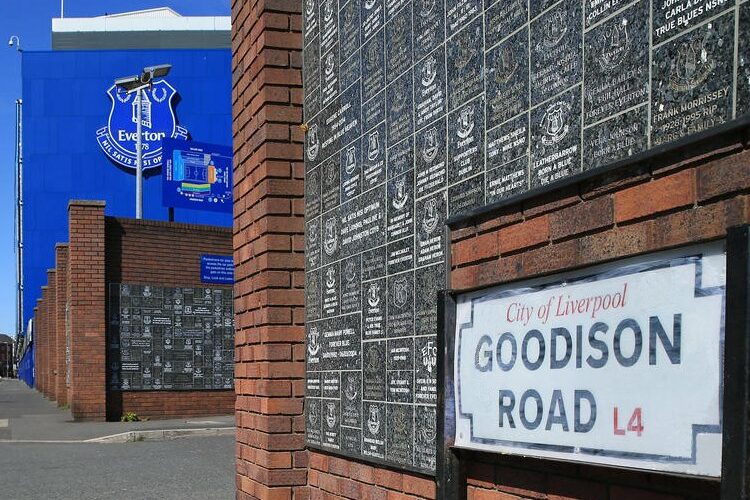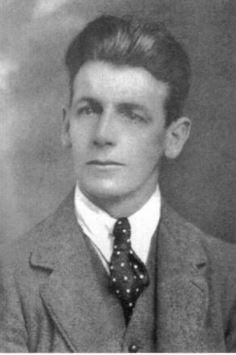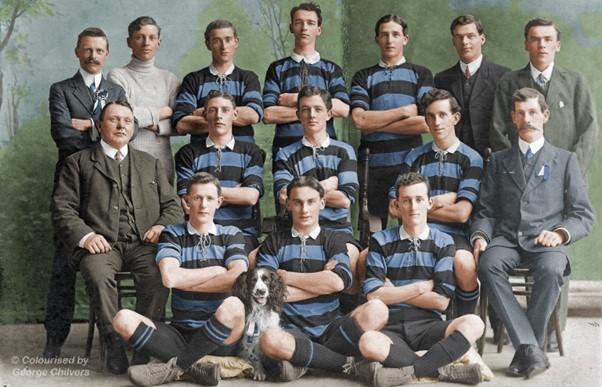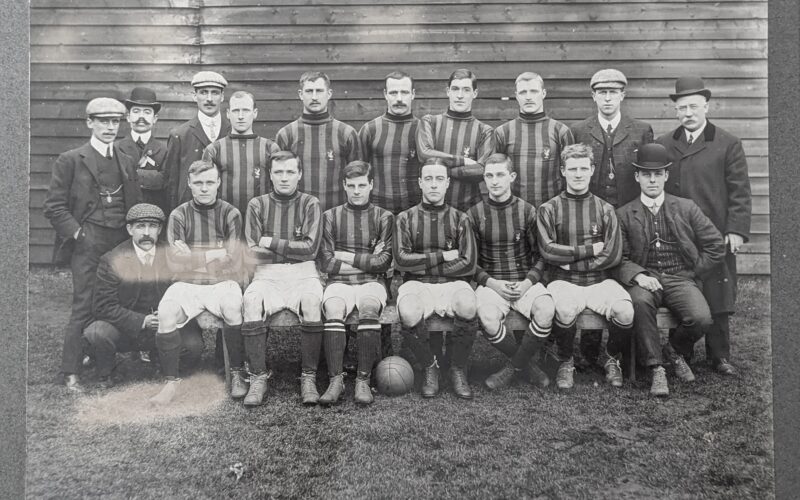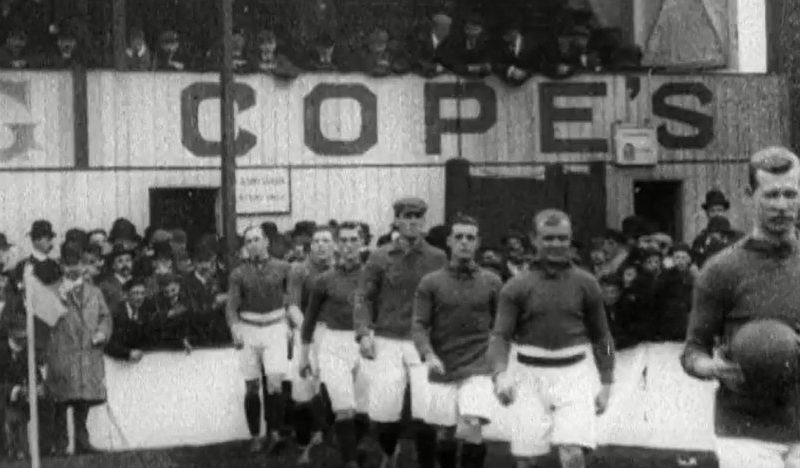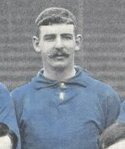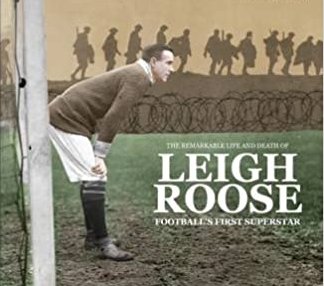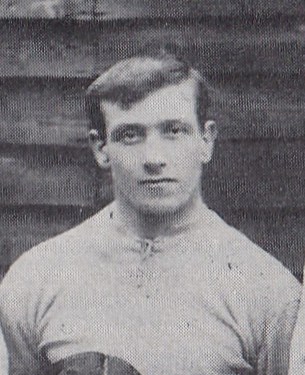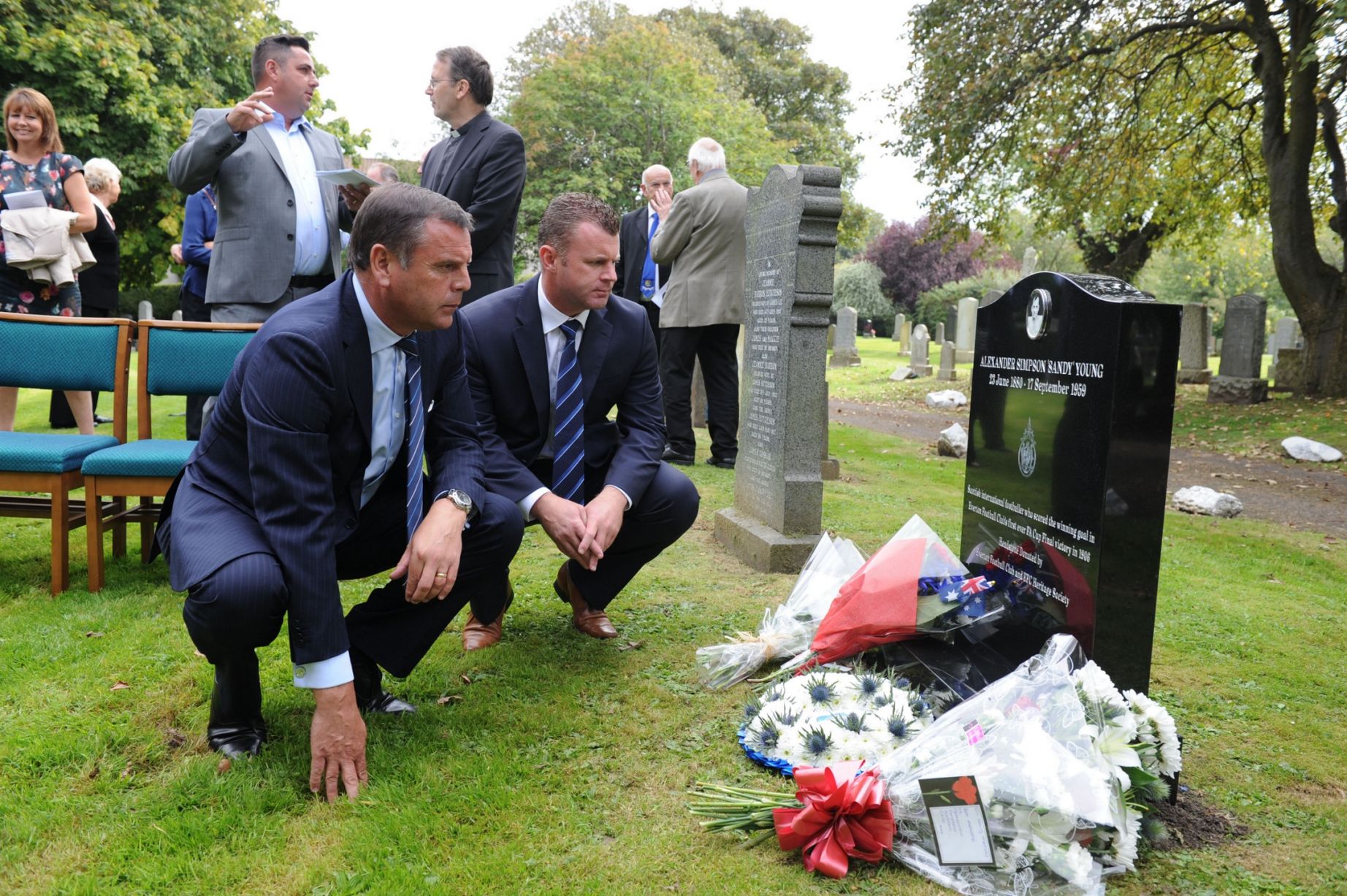George and Annie Jane Goodison
Towards the Foundation of a Stadium, and how Classical Egypt came to Waterloo Mike Royden The name ‘Goodison Park’ has always had a touch of class about it, but it so easily could have been called ‘Mere Green’ or possibly ‘Walton Stiles’: Mere Green being the land leased (and later purchased) for the new Everton FC stadium, and Walton Stiles being the ancient footpath that once ran from the Walton Church area, approximately along what is now Goodison Road, down Spellow Lane and on to County Road. But where did the name originate, and how did it become the name…

